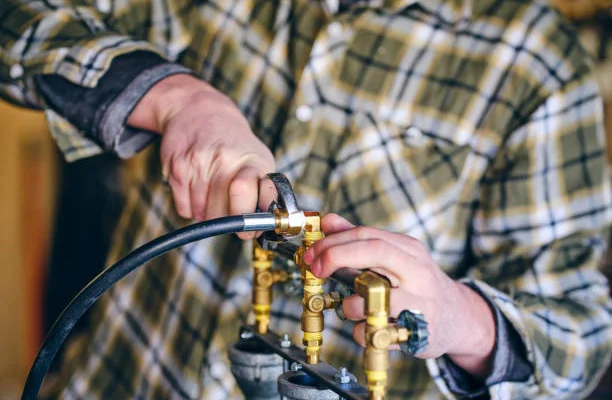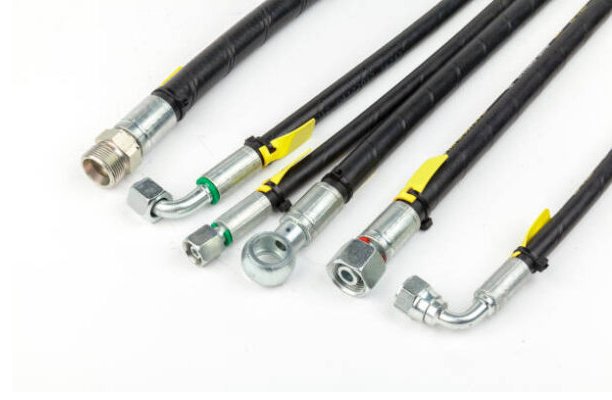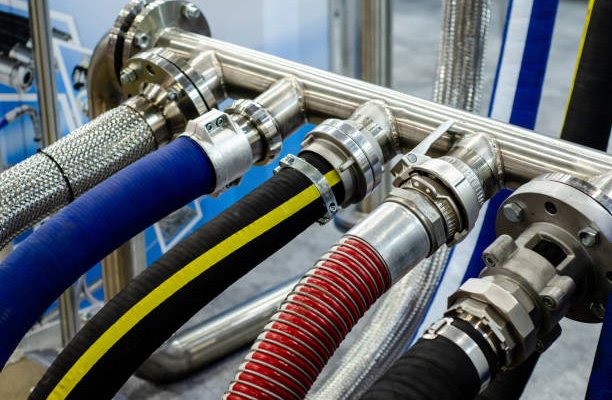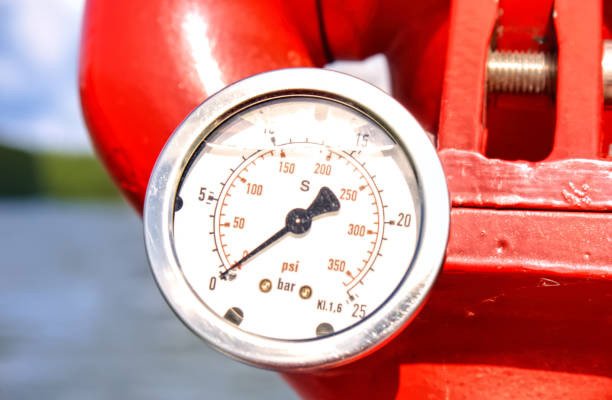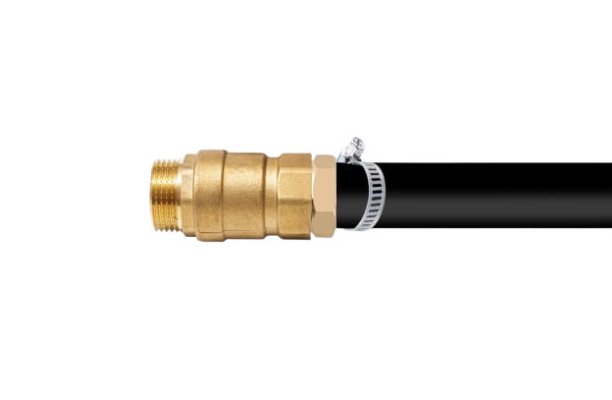Loose hydraulic hose fittings can lead to serious safety risks, equipment damage, and costly downtime. This comprehensive guide provides detailed insights into identifying, addressing, and preventing loose hydraulic hose fittings in various industrial and agricultural applications. By following the steps outlined below, you can ensure optimal performance and longevity of your hydraulic systems.
Understanding Hydraulic Hose Fittings
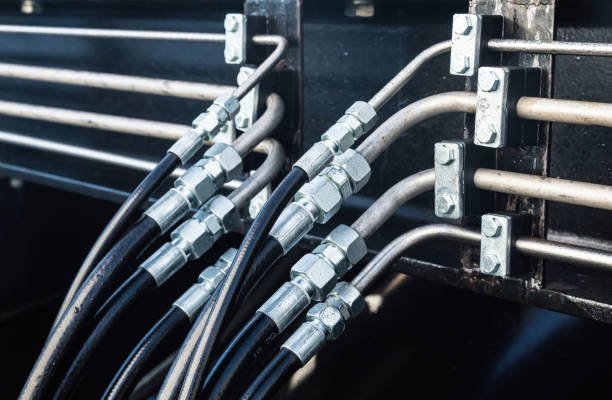
What Are Hydraulic Hose Fittings?
Hydraulic hose fittings are connectors that attach hydraulic hoses to equipment or machinery, ensuring the flow of hydraulic fluid under pressure. These fittings are vital for the proper functioning of hydraulic systems.
Common Types of Hydraulic Hose Fittings
- Threaded Fittings: Standard in most systems and easy to install.
- Crimped Fittings: Secure connections, ideal for high-pressure systems.
- Flared Fittings: Offers superior sealing against leaks.
- Quick-Connect Fittings: Convenient for systems requiring frequent connections.
Importance of Proper Fittings
Loose fittings compromise hydraulic system efficiency, leading to:
- Fluid leaks
- Reduced pressure
- Safety hazards
Causes of Loose Hydraulic Hose Fittings
Installation Errors
Improper torque or incorrect fitting selection during installation is a leading cause of loose connections.
Vibrations and Movements
Continuous vibrations from equipment operation can loosen fittings over time.
Temperature Fluctuations
Expansion and contraction of materials due to temperature changes weaken fitting connections.
Wear and Tear
Normal wear from system use can degrade the threads or seals of fittings.
Identifying Loose Hydraulic Hose Fittings
Warning Signs
Key indicators of loose hydraulic hose fittings include:
- Visible Leaks: Presence of hydraulic fluid near fittings.
- Pressure Drops: Reduced system performance.
- Unusual Noises: Hissing sounds indicating fluid escape.
- Damaged Threads: Visible damage to fitting threads.
Tools for Detection
- Pressure gauges
- Infrared cameras for heat detection
- Visual inspection tools
Steps to Fix Loose Hydraulic Hose Fittings
Step 1: Depressurize the System
Before attempting any repairs, always release system pressure to avoid accidents or damage. Follow the manufacturer\u2019s recommended procedures for depressurizing the system.
Step 2: Inspect the Fitting
Carefully examine the fitting for signs of damage, such as worn threads, cracked seals, or visible misalignment. Addressing these issues ensures a successful repair process.
Step 3: Tighten the Connection
Using the appropriate tools, such as a torque wrench, secure the fitting. Be sure to follow the manufacturer\u2019s torque specifications to avoid overtightening, which could damage components.
Step 4: Replace Damaged Components
If the fitting or hose is beyond repair, replace it with new components that match the system\u2019s specifications. Ensure compatibility to prevent future issues.
Step 5: Test the System
Once repairs are complete, test the system under normal operating conditions. Monitor for leaks, pressure drops, or other anomalies to confirm the fitting is secure.
Preventive Maintenance for Hydraulic Systems
Regular Inspections
Conduct routine inspections of your hydraulic system to detect early signs of wear or damage. Pay close attention to high-stress areas prone to loosening.
Proper Installation
Ensure fittings are installed according to the manufacturer\u2019s guidelines. Using the correct tools and techniques minimizes the risk of loose connections.
Use of High-Quality Components
Investing in premium hydraulic fittings and hoses reduces the likelihood of premature wear and failure, providing long-term reliability.
Vibration Control
Install vibration dampers or isolators to reduce the impact of equipment vibrations on hydraulic connections. This is especially critical for machinery operating under high stress.
Temperature Regulation
Maintain consistent operating temperatures within the system\u2019s recommended range. Temperature extremes can weaken materials, leading to loosening over time.
Benefits of Preventing Loose Hydraulic Hose Fittings
Implementing proactive measures to prevent loose hydraulic hose fittings offers several advantages:
- Increased System Efficiency: Properly secured fittings ensure optimal pressure and fluid flow.
- Reduced Risk of Equipment Failure: Preventative maintenance minimizes downtime and costly repairs.
- Enhanced Safety: Eliminating fluid leaks reduces the risk of accidents and environmental hazards.
- Lower Maintenance Costs: Addressing potential issues early saves money in the long run.
Steps to Fix Loose Hydraulic Hose Fittings
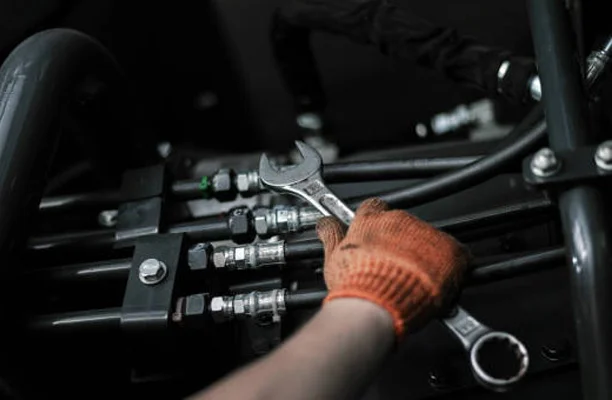
Step 1: Depressurize the System
Always release system pressure before attempting any repairs to avoid accidents. Use a pressure release valve or follow the equipment\u2019s specific guidelines for depressurization.
Step 2: Inspect the Fitting
Check the fitting for signs of damage, misalignment, or wear. Ensure the threads and seals are intact and free from debris.
Step 3: Tighten the Connection
Use appropriate tools such as a torque wrench to secure the fitting according to the manufacturer\u2019s specifications. Avoid over-tightening, as it can damage the threads.
Step 4: Replace Damaged Components
If the fitting or hose shows signs of damage, replace it with parts that are compatible with your system. Ensure you select high-quality components that meet industry standards.
Step 5: Test the System
After completing repairs, test the hydraulic system under normal operating conditions. Check for leaks, pressure stability, and proper function to confirm the issue is resolved.
Preventive Maintenance for Hydraulic Systems
Regular Inspections
Conduct routine checks of hoses, fittings, and seals to identify wear and tear early. Use a checklist for thorough inspections to ensure nothing is overlooked.
Proper Installation
Follow the manufacturer’s guidelines when installing new fittings and hoses. Ensure proper alignment and use the recommended tools for secure connections.
Use of High-Quality Components
Invest in durable, high-quality hydraulic fittings and hoses. Components that meet or exceed industry standards will last longer and reduce the likelihood of loose fittings.
Vibration Control
Install vibration dampers or shock absorbers to minimize movement-induced loosening. This is especially important in high-vibration environments.
Temperature Regulation
Monitor and maintain consistent operating temperatures to prevent material stress caused by thermal expansion and contraction.
Benefits of Preventing Loose Hydraulic Hose Fittings
- Increased System Efficiency: Properly tightened fittings ensure optimal fluid flow and pressure.
- Reduced Risk of Equipment Failure: Preventive measures lower the likelihood of costly breakdowns.
- Enhanced Safety for Operators: Secure fittings reduce the chances of hazardous leaks or bursts.
- Lower Maintenance Costs: Regular inspections and quality components minimize repair expenses.
Conclusion
Loose hydraulic hose fittings are a common yet preventable issue in hydraulic systems. By understanding the causes, recognizing warning signs, and adhering to best practices for maintenance and repair, you can minimize risks and maximize the performance of your equipment. Investing in high-quality components and regular maintenance not only enhances safety but also saves time and costs in the long run.
FAQs
1. How often should I inspect my hydraulic hose fittings?
It’s recommended to inspect fittings every 6 months or according to the equipment’s maintenance schedule. Frequent inspections are especially crucial for systems operating under extreme conditions.
2. Can I use any tool to tighten fittings?
No, always use specialized tools like torque wrenches that allow precise tightening. Using incorrect tools may damage the fittings or lead to improper tightening.
3. What is the most common sign of a loose fitting?
Hydraulic fluid leakage is the most noticeable sign of a loose fitting. Other symptoms include pressure drops and unusual noises like hissing.
4. Are quick-connect fittings prone to becoming loose?
Quick-connect fittings can loosen if not securely latched or if subjected to excessive vibration. Proper maintenance and regular checks ensure their reliability.
5. Can temperature extremes damage fittings?
Yes, repeated exposure to extreme temperatures can degrade fitting materials, causing loosening or failure. Maintaining a consistent operating temperature helps prevent this issue.

